 Originally published September 22, 2000, in Comics Buyer’s Guide #1401
Originally published September 22, 2000, in Comics Buyer’s Guide #1401
Two without-warnings in the past few days…
* * *
The story has it that, at an auction house where a Carl Barks “Scrooge” painting was going up, Steve Geppi of Diamond stood the moment the bidding commenced and raised his bidding paddle. He held it out and up in a manner no less determined than Van Helsing defiantly holding a crucifix in the face of an advancing Count Dracula, and not once did Geppi lower it. So determined was he to get it that he kept the paddle up there, automatically jumping over every would-be competitor until the bidding was all done and he was the owner of it. Such is the determination and passion that the work of the masterful Barks inspired in some folks.
I don’t exactly have the money to go slug it out with Steve Geppi over Barks paintings, but at least I have the stories. Some of the earliest comic books I ever read were the work of Carl Barks. My parents felt safe buying them for me, since they were still rather leery of the entire superhero genre and felt that my sensibilities would be better served sticking with something tried and true and kid friendly. Apparently they were worried that exposure to such characters as Superman and Batman might permanently warp my perspective and shape me into someone overly obsessed with the adventures of bizarrely dressed, bigger-than-life super doers. Fortunately I eventually managed to convince them to let me pick up Action, Superman, and others, thereby proving their concerns to be totally groundless.
But in the meantime, it was the Disney Comics that ruled the house of David (well, those and the Harvey titles, read during a period of time where I was so dense, that I thought that those times when Casper would turn invisible were supposed to be some sort of audience participation part of the story. All my old Casper comics are filled with panels in which the broken lines of the invisible friendly ghost are joined in pencil like a connect-the-dots, and Casper himself has been colored in with white crayolas. Kind of like Winky Dink, only for comics.
And of all the Disney comics, there was nothing like the stories told by Carl Barks. I can’t think of anyone else, off the top of my head, to be so closely associated with the development of key Disney characters aside from Disney himself. Yes, of course, there were the noted Disney “Old Men” without whom Disney animation wouldn’t have been the powerhouse it was. But Bark’s vision was unique and powerful, forging a throwaway character like Uncle Scrooge into the most dynamic, complex, layered and audacious member of the Duck “family.” Donald and his tantrums might have dominated in the world of animated shorts, but Donald was noticeably less effective on a comic book page where you could actually understand what he was saying. If he was comprehensible, he just didn’t sound like Donald. Scrooge, however, was the pre-eminent adventurer of not only Disney comics, but eventually the entire Disney canon. Yes, Mickey had his share of derring-do, but Scrooge had that quality shared by all the truly great adventure heroes: He really wasn’t a nice guy. He had the occasional soft spot for Donald and the nephews, but money remained his pre-eminent love, swimming in it his favorite occupation. He reveled in his miserliness, living up to the example of his parsimonious namesake.
Barks shaped some basically limited funny animals into the kid equivalent of Indiana Jones, back before there was Indiana Jones. And Disney finally acknowledged Barks’ genius in the only way that a corporation truly can: They found ways to repackage and recycle it into new formats so they could make money off it (i.e., Duck Tales.).
In the meantime, between the Gladstone reprints, the paintings, bisques and other high-ticket items, Barks’ work is preserved and enjoyed by those of us who owed him a debt from our youth for giving us, quite simply, the best Ducks stories ever. He will be sorely missed.
* * *
Word broke on Warren Ellis’ message board, rumors flying everywhere: The council had spoken. Bob Harras, long-time Marvel editor in chief, had been voted off the island. His replacement was not Richard Hatch (who was always so fun to watch in Battlestar: Galactica) but instead Joe Quesada, who holds three distinctions: the first artist to be Marvel’s EIC; the first EIC to have a last name that the average fan can’t say correctly (keh-SAH-duh, not QWEH-se-duh, not Quesadilla or any other Mexican food); and, finally, the only person at Marvel in an editorial capacity who I haven’t pìššëd øff at some point or other. So that’s lucky for me, I suppose. (Unless he’s real sensitive about his name, in which case I’m dead.) An artist-as-EIC is such a rarity, that the only other one who springs immediately to mind is Carmine Infantino (which makes one wonder if Marvel is going to start instituting captions with little fingers pointing to the next panel and saying stuff like, “But wait! What’s this? Can we believe our eyes?!”)
I admit to having sorely mixed feelings on the subject. On the one hand, lord knows that Bob and I had our share of editorial disagreements over the years. Under his stewardship of the “X” books, I found the environment so suffocating that I bailed on X-Factor after barely a year, my shortest run ever unless you count Marc Hazzard, Merc (a series I never should have been writing in the first place. God, was I miscast. It was like bringing in Woody Allen to script a Lethal Weapon movie.) And it was Bob who oversaw my being forced off Incredible Hulk, although to be fair I never knew whether the disastrous “Bring Back the Savage Hulk” directive originated from him or elsewhere.
On the other hand, Bob also tapped me to write the Heroes Return limited series after being impressed with my take on how to handle it during the big HR writer’s conference, which was—aside from Marvel vs. DC—the single most high-profile limited series I was ever involved with. And furthermore, sources tell me that the reason Bob was ousted was because he was fighting the good fight with highers up who remain obsessed with cutting closer to the bone than Jeff Smith trimming art boards.
Which means that, basically, Bob went down fighting out of a sense of trying to preserve quality Marvel Comics. And which also means that Marvel highers-up—those same fine folks who figured they’d save a few bucks by dumping that, what’s-his-name, Stan Lee guy ’cause, y’know, who cares about him—continue to take less-than-kindly toward those who buck them, or are considered unessential, or are willing to take the long view and fight for an editorial vision over nickel-and-diming a company to death. Thing is, Joe Quesada isn’t exactly a lightweight when it comes to such matters, and is not easily pushed around. Which means that things could continue to get veerrrrry interesting at Marvel.
In the meantime, Bob—who looked progressively more frazzled every time I saw him—can at least get some rest. He may not wind up being the sole Survivor of Marvel Comics (there’s one long-time editor at Marvel, who shall go nameless, who will probably have that distinction; let’s just say he’s made it through more purges than a horde of supermodels at a Country Kitchen All You Can Eat Buffet) but at least he had a solid run. Maybe he should consider a vacation… although I’d stay away from tropical islands.
(Peter David, writer of stuff, can be written to at Second Age, Inc., PO Box 239, Bayport, NY 11705. And yes, in case you’re wondering, he broke down and watched the final episode of Survivor. He’s not entirely sure why everyone was surprised over the winner: From a Dickensian point of view, it could have only one outcome. “And the sole survivor is… Rich.” Well, of course he’s rich; he just won a million dollars. D-uh.)
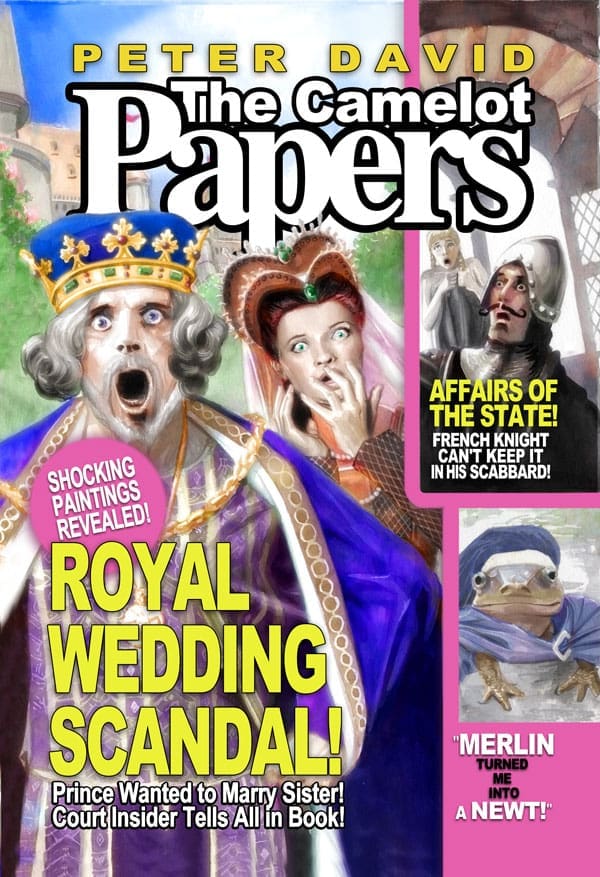
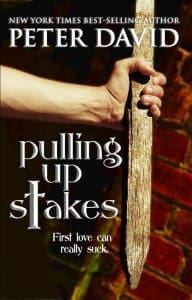
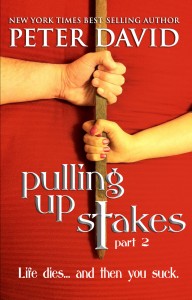
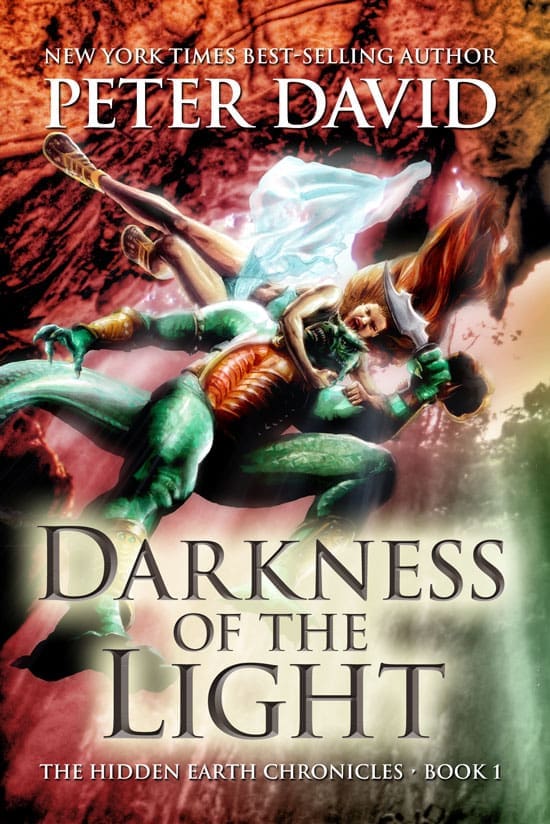
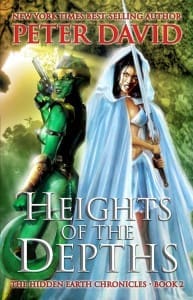
Peter: Joe Quesada…holds three distinctions: the first artist to be Marvel’s EIC; the first EIC to have a last name that the average fan can’t say correctly; and, finally, the only person at Marvel in an editorial capacity who I haven’t pìššëd øff at some point or other. So that’s lucky for me, I suppose.
Which took only two years to go down the çráppër. Ah, good times.
🙂
Ralph Macchio is the survivor, amirite?